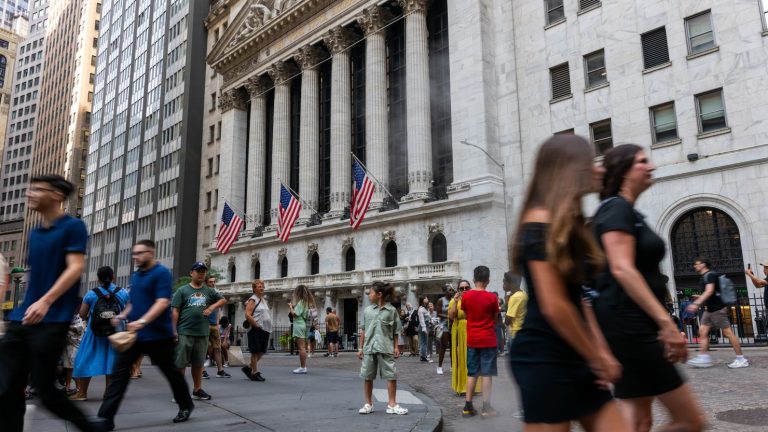
The markets are rising to all-time highs. Economists such as El-Erian and Krugman are also unable to overcome their anxieties.
Investor attention has also been drawn to gold’s stellar prices, as the precious metal has reached a fresh high of almost $2,100. Expectations of a rate decrease by the US and China’s economic difficulties have propelled the increases; historically, gold has rallied during economic hardship.
Even with the markets’ unprecedented performance, three major concerns remain for some investors.
A return to inflation
U.S. inflation is proving to be more obstinate than experts had anticipated after months of easing.
Even though the Consumer Price Index (CPI) for January decreased to 3.1% from the previous year, it was still higher than anticipated. This is true even though the Federal Reserve has been waging a vigorous monetary policy campaign to curb consumer price pressures that have risen to 40-year highs throughout the past year.
In a recent article on X, Nobel laureate Paul Krugman highlighted inflationary pressures in the United States, building on the observations made by Moody’s economist Mark Zandi on an increase in core PCE (personal consumption expenditures) deflator figures.
“Business surveys consistently fail to reveal a spike in inflation. According to Mark Zandi, those January data appear to be a blip “juiced by problematic seasonals,” according to Krugman.
Renowned economist Nouriel Roubini, aka “Dr. Doom,” also weighed in on the matter, stating that Trump’s actions could cause inflation to spike once more and possibly even lead to stagflation.
The chief market strategist at JPMorgan also expanded on the dangers of stagflation. In a recent research note, Marko Kolanovic issued a warning that there was a possibility of a “second inflation wave” and that the “narrative was turning back from goldilocks towards something like 1970s stagflation.” A climate that is conducive and where data is neither too hot nor too cold is known as a “Goldilocks economy.”






